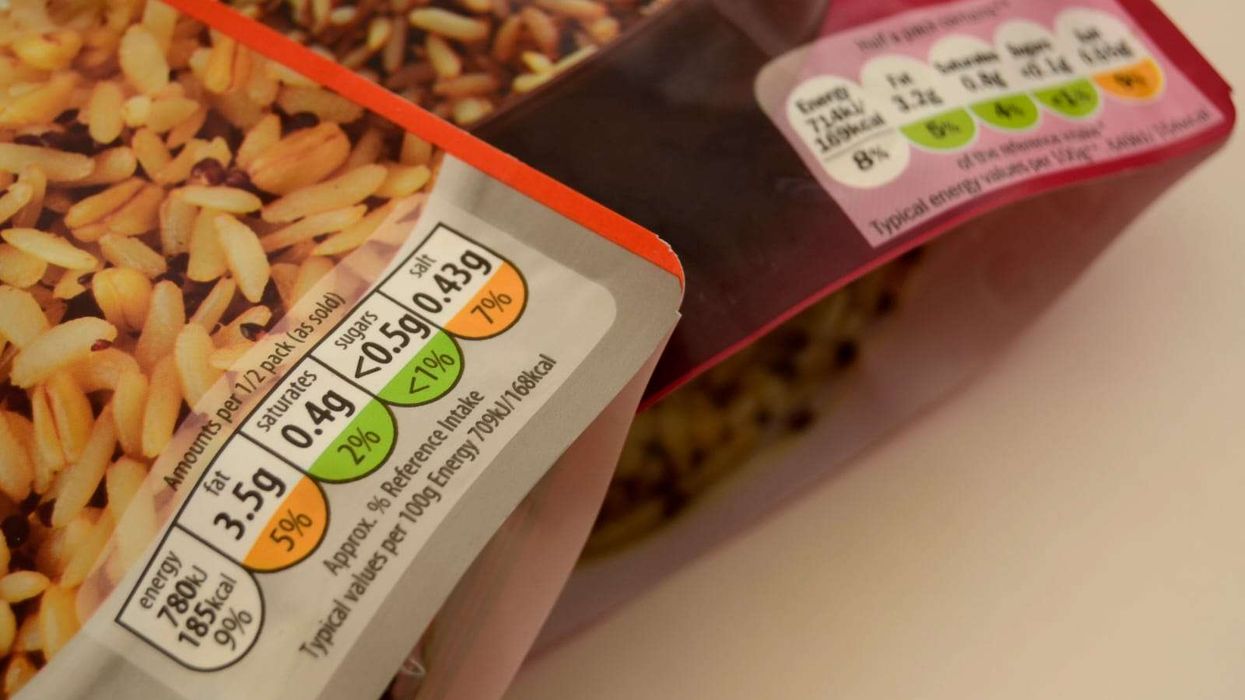- New infections at record for fifth day
- Neighbouring Bangladesh closes border for 14 days
- Tech hub of Bengaluru faces lockdown from Tuesday
INDIA's new coronavirus infections hit a record peak for a fifth day on Monday (26).
The southern state of Karnataka, home to the tech city of Bengaluru, ordered a lockdown from Tuesday (27), joining the western industrial state of Maharashtra, where lockdowns run until May 1, although some states were set to lift the measures this week.
But the patchy curbs, complicated by local elections and mass festival gatherings, could prompt breakouts elsewhere, as infections rose by 352,991 in the last 24 hours, with crowded hospitals running out of oxygen supplies and beds.
"Currently the hospital is in beg-and-borrow mode and it is an extreme crisis situation," said a spokesman for the Sir Ganga Ram Hospital in the capital, New Delhi.
In the western diamond industry hub of Surat, five Covid-19 patients died following a hospital blaze on Sunday (25) after rescue workers moved them to hospitals with few beds in intensive care units, a municipal official told Reuters.
Earlier, prime minister Narendra Modi had urged all citizens to get vaccinated and exercise caution, while hospitals and doctors put out urgent notices saying they were unable to cope with the rush of patients.
In some of the worst-hit cities, such as New Delhi, bodies were being burnt in makeshift facilities offering mass services.
Television channel NDTV broadcast images of three health workers in the eastern state of Bihar pulling a body along the ground on its way to cremation, as stretchers ran short.
On Sunday, president Joe Biden said the US would send raw materials for vaccines, medical equipment and protective gear to India.
India, with a population of 1.3 billion, has an official tally of 17.31 million infections and 195,123 deaths, after 2,812 deaths overnight, health ministry data showed, although health experts say the figures probably run higher.
The scale of the second wave knocked oil prices as traders worried about a fall in fuel demand in the world's third-biggest oil importer.
We will soon come out of crisis, says Modi
Indian prime minister Narendra Modi has said that this 'toofan' (storm) has shaken the country after it was full of enthusiasm and self-confidence after successfully tackling the first wave.
In his monthly Mann Ki Baat broadcast, Modi spoke to doctors, nurses and frontline workers, who shared their experience and views on the disease, and expressed confidence that people will soon come out of this crisis.
"Many of our near and dear ones have left us untimely. After successfully confronting the first wave of Corona, the country was full of enthusiasm, full of self-confidence, but this storm has shaken the country," Modi said.
"We have to accord priority to the expert and scientific advice at this time to win this battle. The government of India is applying its entire might to give a fillip to endeavours of state governments. The state governments too are trying their best to fulfill their responsibilities."
The prime minister noted that while people are getting infected by the disease, they are also recovering from it in big numbers.
Bengaluru lockdown
The Karnataka government on Monday announced 'close down' across the state for 14 days from Tuesday night.
The state cabinet also decided to provide Covid-19 vaccinations free of cost at government hospitals for those between 18-45 years of age.
"Strict measures to control Covid will be taken. From tomorrow night till next 14 days there will be a close down for the whole state," chief minister B S Yediyurappa said.
Speaking to reporters after a three hour long cabinet meeting, he said shops selling essential commodities will be allowed to remain open only from 6 am to 10 am.
"The Agriculture sector, manufacturing sector except garments, construction sector and medical and essential sectors will continue to operate," he said.
Yediyurappa clarified that there is no shortage of oxygen and said the centre has increased the daily quota from 300 metric tonnes to 800 metric tonnes.
Criticism for holding rallies
Politicians, especially Modi, have faced criticism for holding rallies during state election campaigns that draw thousands of people, packed close together in stadiums and grounds.
Several cities have ordered curfews, while police have been deployed to enforce social distancing and mask-wearing.
Also voting in local elections was the most populous state of Uttar Pradesh, which has been reporting an average of 30,000 infections a day.
Modi's plea on vaccinations came after inoculations peaked at 4.5 million doses on April 5, but have since averaged about 2.7 million a day, government figures show.
Several states, including Maharashtra halted vaccinations in some places on Sunday, saying supplies were not available.
Vaccine demand has outpaced supply as the inoculation campaign widened this month, while companies struggle to boost output, partly because of a shortage of raw material and a fire at a facility making the AstraZeneca dose.
However, the federal government will not import vaccines itself but expects states and companies to do so instead, in a step to back domestic manufacturers, two government officials told Reuters.
Hospitals in Modi's western home state of Gujarat also face an acute shortage of oxygen, doctors said.
Just seven ICU beds of a total of 1,277 were available in 166 private hospitals designated to treat the virus in the state's largest city of Ahmedabad, data showed.
Neighbouring Bangladesh sealed its border with India for 14 days, its foreign ministry said, though trade will continue. Air travel has been suspended since Bangladesh imposed a lockdown on April 14 to combat record infections and deaths.













